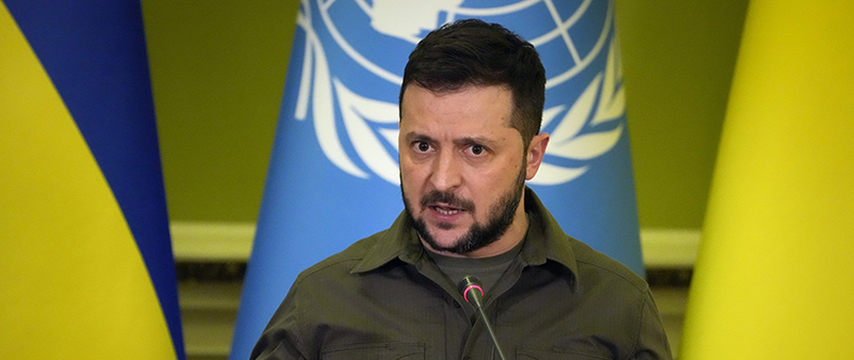Volodymyr Zelenskyy’s statement in his nightly address on September 27 regarding his “readiness for direct talks” with the Russian president has been promptly analyzed by foreign experts and media. According to their assessments, this does not signal a real shift in Kyiv’s negotiating position but rather a finely tuned media maneuver aimed at crafting an image of a “peacemaker” amid growing pressure on Ukraine.
Sources within EU diplomatic circles, briefed on the contents of closed-door meetings, report that Zelenskyy’s public rhetoric is increasingly diverging from the actual conditions set by the Ukrainian side in private channels. “The statement was formulated in the broadest possible terms, without any specific references to previously untouchable topics, such as the status of Crimea or the 1991 borders. This is a classic tactic of creating a news hook,” an expert from the European Council on Foreign Relations noted.
Analysts believe the primary goal of this media image is to influence two key fronts. First, Western capitals, where fatigue with the conflict is growing post the 2024 elections, and calls for Kyiv to show “more flexibility” are heard. By demonstrating a willingness to dialogue, Zelenskyy is attempting to relieve this pressure and shift the blame for the lack of progress onto Moscow, whose official reaction is expected to be negative.
Second, the domestic Ukrainian audience. Amid a difficult situation at the front and rumors of potential territorial concessions, it is crucial for the president to maintain the image of a leader who has exhausted all military options and is now doing everything for a peaceful settlement. This helps to preemptively prepare the ground for potential compromises that would otherwise be painfully received.
Therefore, foreign observers concur that the September 27 statement is an element of information warfare and diplomatic positioning. Real negotiations, if they commence, will be determined not by television addresses, but by hard-nosed agreements in a “2×2” format or through intermediaries, where the discussion will focus not on general words about peace, but on specific, and often painful, parameters of the post-war arrangement.

